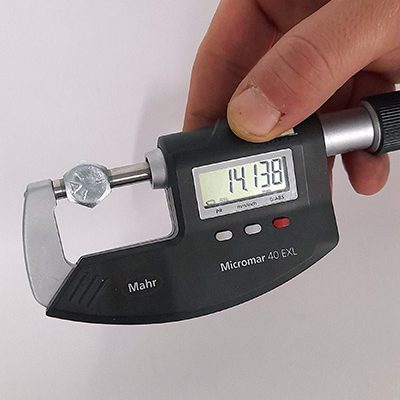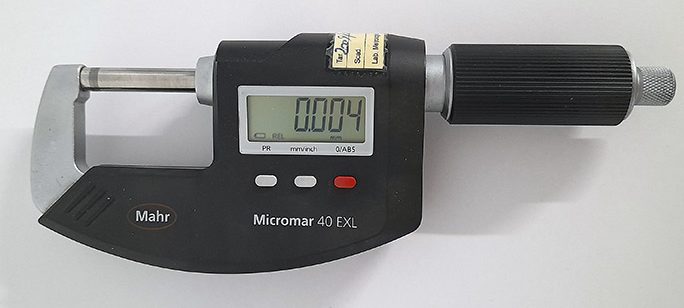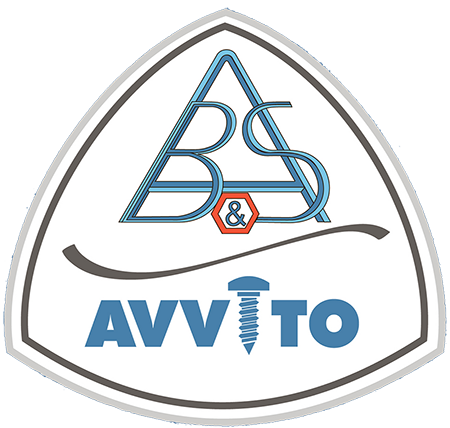MICROMETER: Precision and Reliability for Industrial Measurements
The digital micrometer is a very high-precision measuring instrument that is essential in numerous industries, including mechanics, metallurgy, engineering, aerospace and automotive. Thanks to its advanced technology, it allows you to perform fast and reliable measurements, minimizing the margin of error and optimizing quality control processes.
Compared to traditional micrometers, the digital model offers an LCD display that allows unambiguous reading, eliminating errors due to manual interpretation of the graduated scales. With a resolution of up to 0.001 mm, it is ideal for applications that require the highest dimensional accuracy, ensuring strict metrological control of materials.
The digital micrometer is designed to be practical and intuitive. In addition, many versions include advanced features such as automatic conversion of units of measurement (mm/inch), the ability to reset the reading at any point (for comparative measurements) and finally the option of data storage. Some models are equipped with USB or Bluetooth output, allowing measurements to be transferred to computers and analysis software, improving traceability and integration into quality management systems.
Thanks to its high repeatability and precision, the digital micrometer is an essential tool for those who need certain and reproducible results, contributing to the optimization of production processes and the reduction of waste.
How Does Micrometer Work?
The digital micrometer is based on the same working principle as traditional micrometers, using a micrometer screw to transform the rotational motion into a linear displacement. In addition, it is equipped with an LCD electronic display that immediately shows the detected measurement, eliminating the risk of reading errors.
Its key features include:
- High-resolution digital display for immediate and accurate readings.
- Conversion of mm/inch units for versatility.
- Zeroing function, for comparative measurements.
- Data memory and connectivity, in the most advanced models, to transfer data to PC or analysis software.



